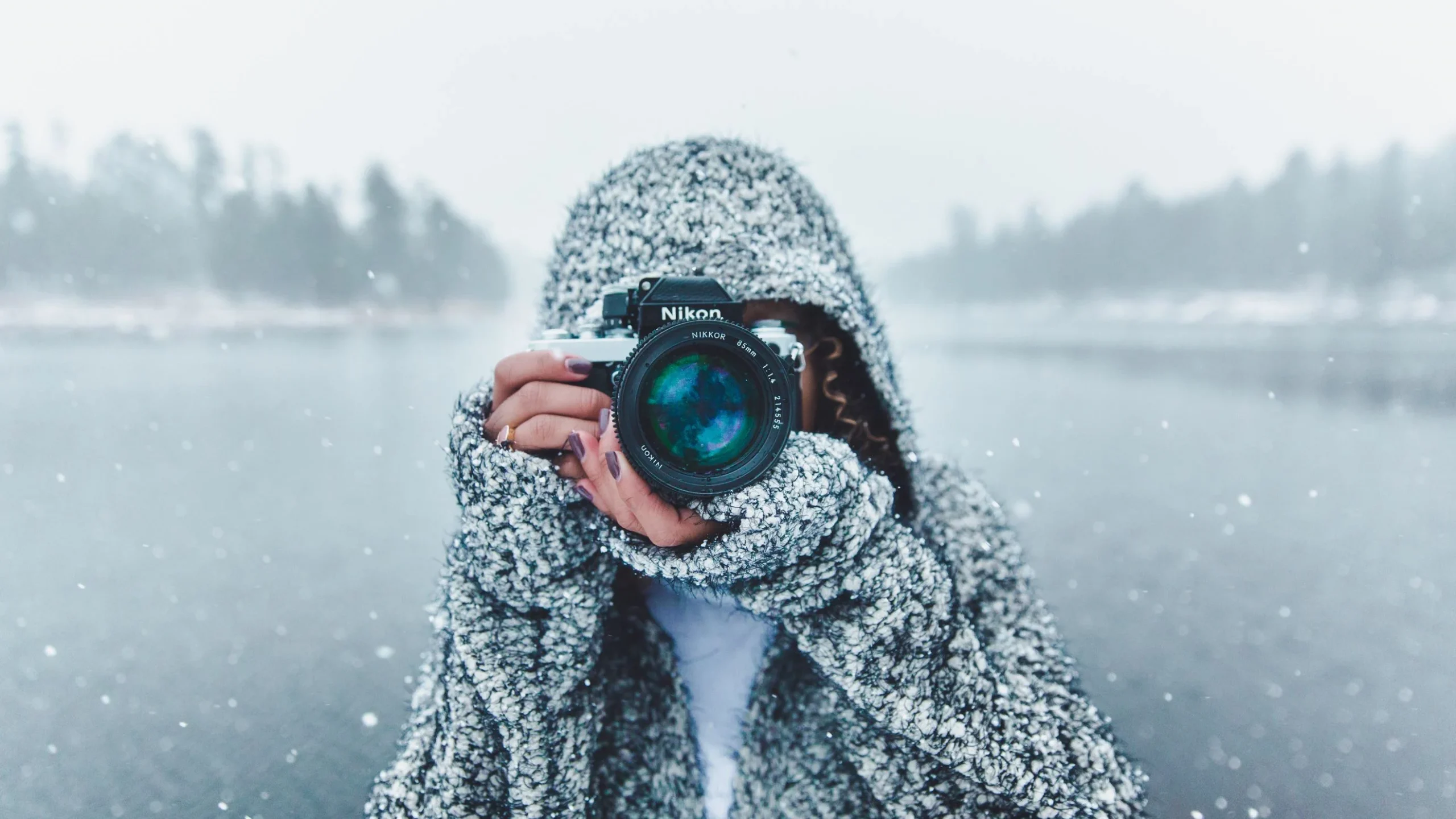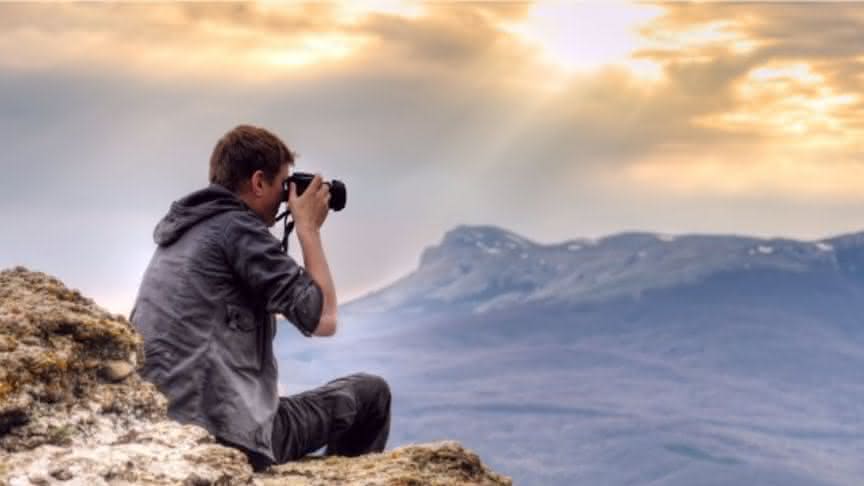We usually mean by art a sound or visible work of an artist that can be considered worthy of preservation and exceptional.
As for photography, it requires the complicity of the viewer for their perception. When the photographer manages to interest the viewer, to impress him, then only in this case it can be said that this person has created a work of art.
A feature of photography is that they have the ability to provide viewers with such a volume of information that is not available for other types of art.
Photography can easily make you relax, shock, make you happy or amuse you. This or that kind of art awakens us to action and excites thought. Not only the camera, but also the color and also the human imagination do wonders.
But for another reason, photography is an art.
The photographer, while stopping the moment, shows us the most significant, characteristic, most important thing that he saw in this object.

Photography is a view of the world through the eyes of the photographer. The same thing happens in the cinema, which shows the position and view of the director. But in the cinema, the actor himself is no less important. After all, the actor is always on the screen, but the director is not visible.
The phenomenon of cinema art is born from their unity. In the photo, this chain is very short: viewer-photographer. From how the photographer knows how to build shots and whether he can achieve the best expressiveness, this is the most important factor that makes up the art of photography.
Photo development
In the last decade, a rather significant part of the people involved in art has suddenly begun to consider photography not only as a record of bare facts, but also as a way of self-expression of the artist. But, approximately, from the time of Michelangelo, this self-expression of the creator precisely served as a litmus test that distinguished art from everything else.
The new point of view generated interest and deepened our understanding of photography. This interest has flared up with such force that the works of photographers who have left the scene are now being acquired by collectors at prices that would have seemed fabulous just ten years ago. Even now living old masters, especially those who are now over seventy years old, are faced with a huge demand for signed prints.
Photography and painting
Photography is a certain way of obtaining images, and therefore it seems natural to try to compare it with other similar methods of more ancient origin, in particular, with painting, which has a well-deserved long history behind it. In this comparison, it was not difficult to find out how painting not only differs from photography, but also in some respects surpasses the latter.

There were two main points in these arguments: firstly, the painter can create his own picture, synthesizing in it thousands of individual impressions and memories, combining the play of the imagination with tried and tested techniques.
But the work of the photographer is by nature not a synthesis, but an analysis, and is built almost entirely on the single impression made on the photographer by the object. Secondly, painting is the most difficult art, and photography is a comparatively easy task.
However, the question of the ease of photographing needs to be clarified. The simplest craft can, by improving, be brought to the limits of skill. Anyone can learn how to take good photos.
But works containing an element of surprise, a certain elegance, witty finds and genuine originality are not born by chance, but constantly only from photographers who have talent and who have devoted themselves entirely to their calling.
They mastered photography with the same ease (or with the same difficulty) as a legion of amateurs and hardworking mediocrities, but it turned out that they had a special inclination and a special gift for it.
